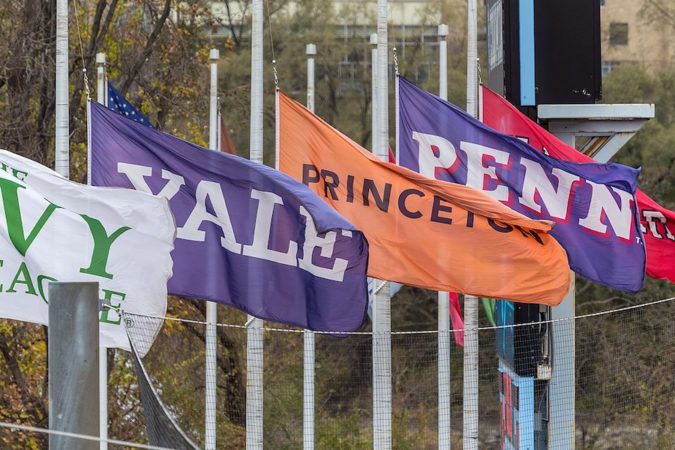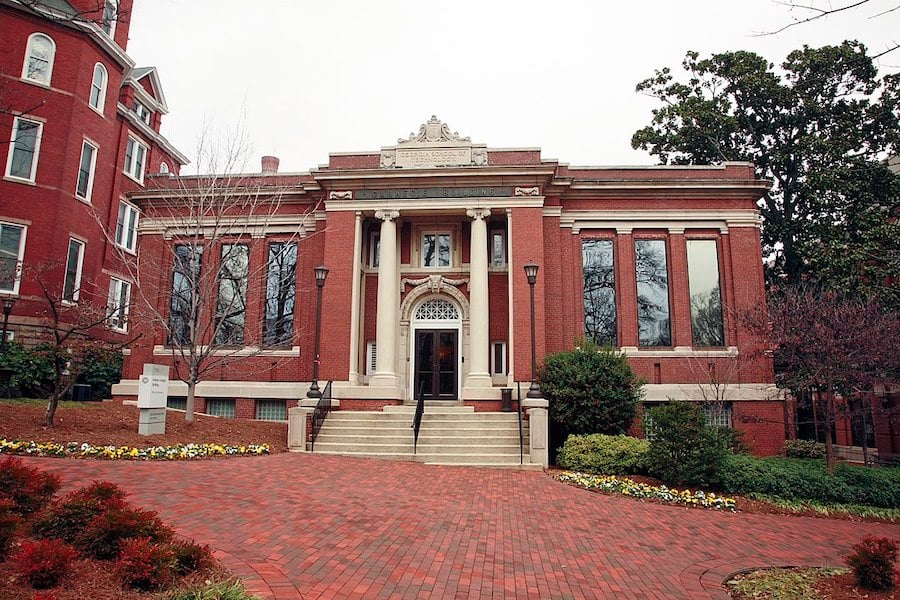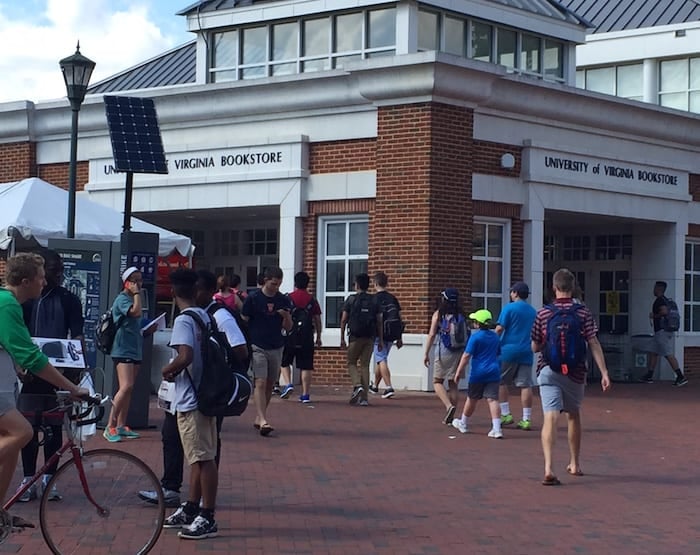Over the last two months, U.S. News & World Report, The Wall Street Journal, Money.com and many others have rolled out their college rankings with much fanfare. Although all constantly seek to improve their popular college rankings in reaction to the many experts, teachers and parents debating the various methodologies, they all fail to account for one crucial question whose answer varies radically depending on the student: “Why are you going to college?”
That’s a big failing because quality and value aren’t absolute. They can only be measured in relation to why someone is purchasing something and the outcome they desire. Averages mislead.

It’s time for parents and students to throw out all of those college rankings and evaluate schools based on what success looks like for students in their specific life circumstances.
In research we conducted over the last several years, in which we collected and analyzed more than 200 personal stories and conducted surveys of more than 1,000 students who have chosen different paths for higher education, we discovered that there are five primary reasons why students choose the school they attend. Students enroll to get into their best school—as they define the best; do what’s expected of them; get away; step it up; or extend themselves.
The rankings, metrics, analytics and tools supposedly designed to help students make their college decisions are out of sync with what individuals are actually trying to accomplish through higher education. None of those tools give students the information and context they need to make such a high-stakes decision.
For example, if a student is going to college to get out of their hometown the criteria for their decision is dramatically different from someone who is seeking to improve their skill set for a chosen profession. In the latter case, rankings of specific academic programs that prepare students for that profession might help, but the on-average rankings that drive headlines won’t.
What’s worse, these rankings have helped set the terms of the rat race that results in students bending over backwards to get into the “best” school—as if there is only one—and families descending into the immoral and illegal behavior revealed in the “Varsity Blues” college admissions scandal. They also cause schools to change their programs to look good against the criteria—or even in some cases falsify data—all in an effort to climb the artificial rankings lists.
Rankings can’t tell a student what school is the right fit for them.
According to a variety of sources, including researchers from Stanford, most rankings don’t even represent what college is best in general, let alone what the right fit is for any given student. More important for students than stressing out about whether they will get into a highly ranked school according to some one-size-fits-all methodology is figuring out the right fit for them—at this point in their lives.
That means being clear about the criteria that will allow them to succeed. To answer that, students must first understand the progress they are trying to make in their lives by going to school. Then they can address questions around the right location, size, campus life, school purpose, academics, extracurricular activities and culture.
Only after doing that up-front work should students consult lists of schools that filter based on different categories—and they should do so with an eye toward broadening their list of options that align with those criteria, not narrowing them around the top-ranked schools.
Several stories in our research showed that when students didn’t take these steps, they wound up in situations that made them miserable at best or led to them dropping out at worst.
One student, for example, whom we call “Grace” (the terms of our research protocol required that we use pseudonyms), chose her school based on what its sterling national ranking would make others think of her, not whether it was the right fit for her. As the workload mounted at school, she realized she didn’t like any of her classes. Nor did she particularly like the feel, size or location of the campus. With no plan B, she dropped out after her freshman year.
Students must ultimately flip the script and focus not on how they can get accepted into a school that tops a ranking list, but on why they are going to school so they can choose the right college or program for them.
You Might Also Enjoy:
A College Fit Can Be Perfect Until It Isn’t And Then What?
New Study on College Rankings: It’s Not Where You Go To School It’s What You Do When You Get There
Michael B. Horn and Bob Moesta are the coauthors of the book Choosing College: How to Make Better Learning Decisions Throughout Your Life (September 2019).










